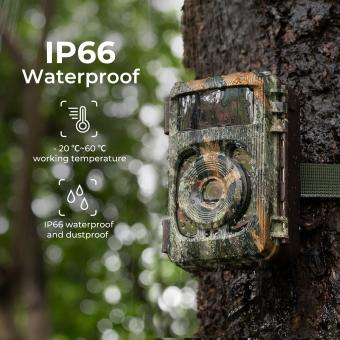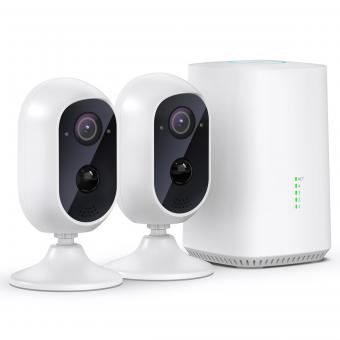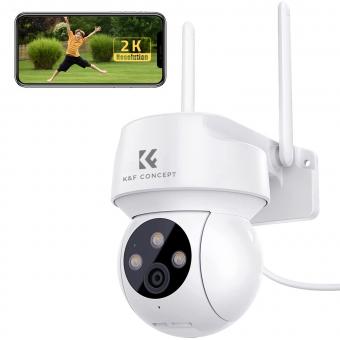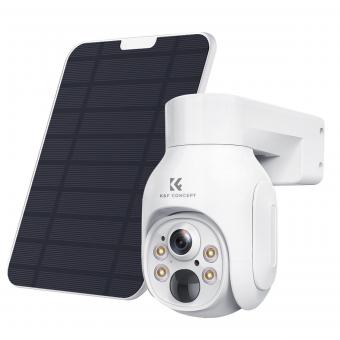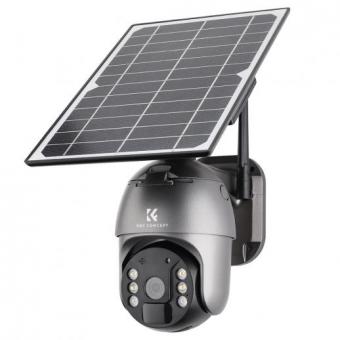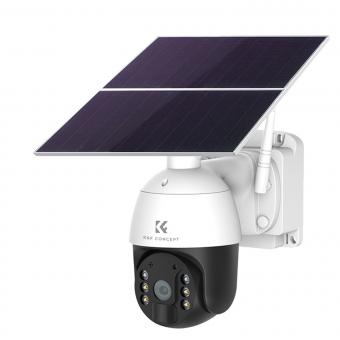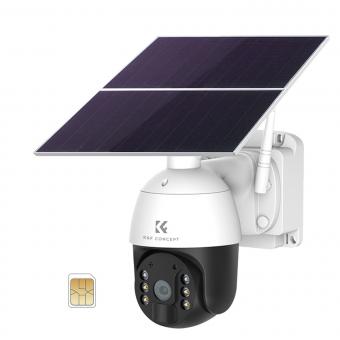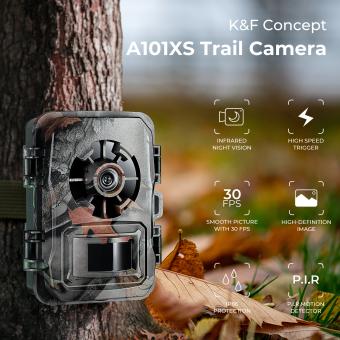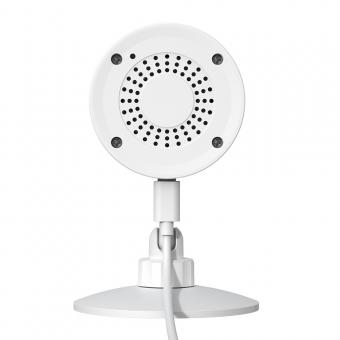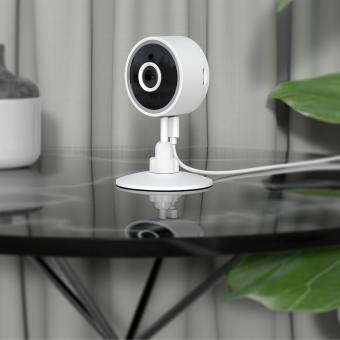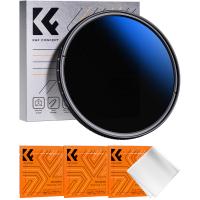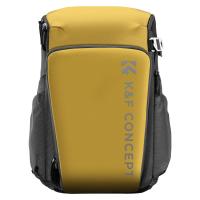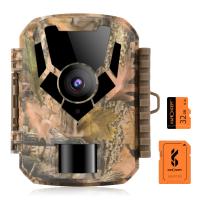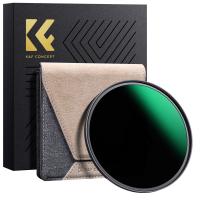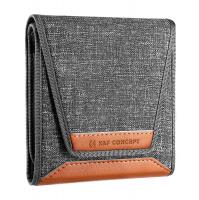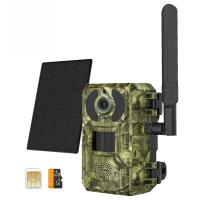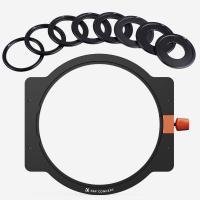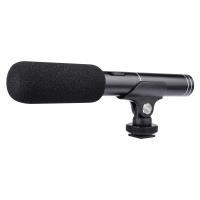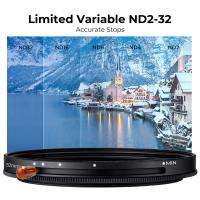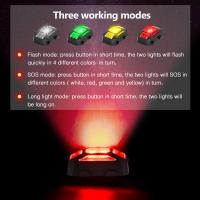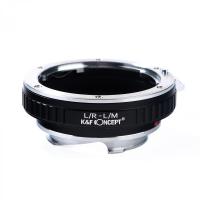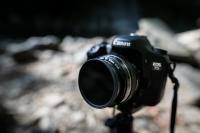What Is Filter On Security Cameras?
Security cameras are an essential component of modern surveillance systems, providing critical visual data to ensure the safety and security of properties and individuals. One of the key features that enhance the functionality of these cameras is the use of filters. Filters on security cameras serve various purposes, from improving image quality to enabling specific functionalities under different lighting conditions. In this article, we will delve into the different types of filters used in security cameras, their purposes, and how they can address practical issues faced by users.
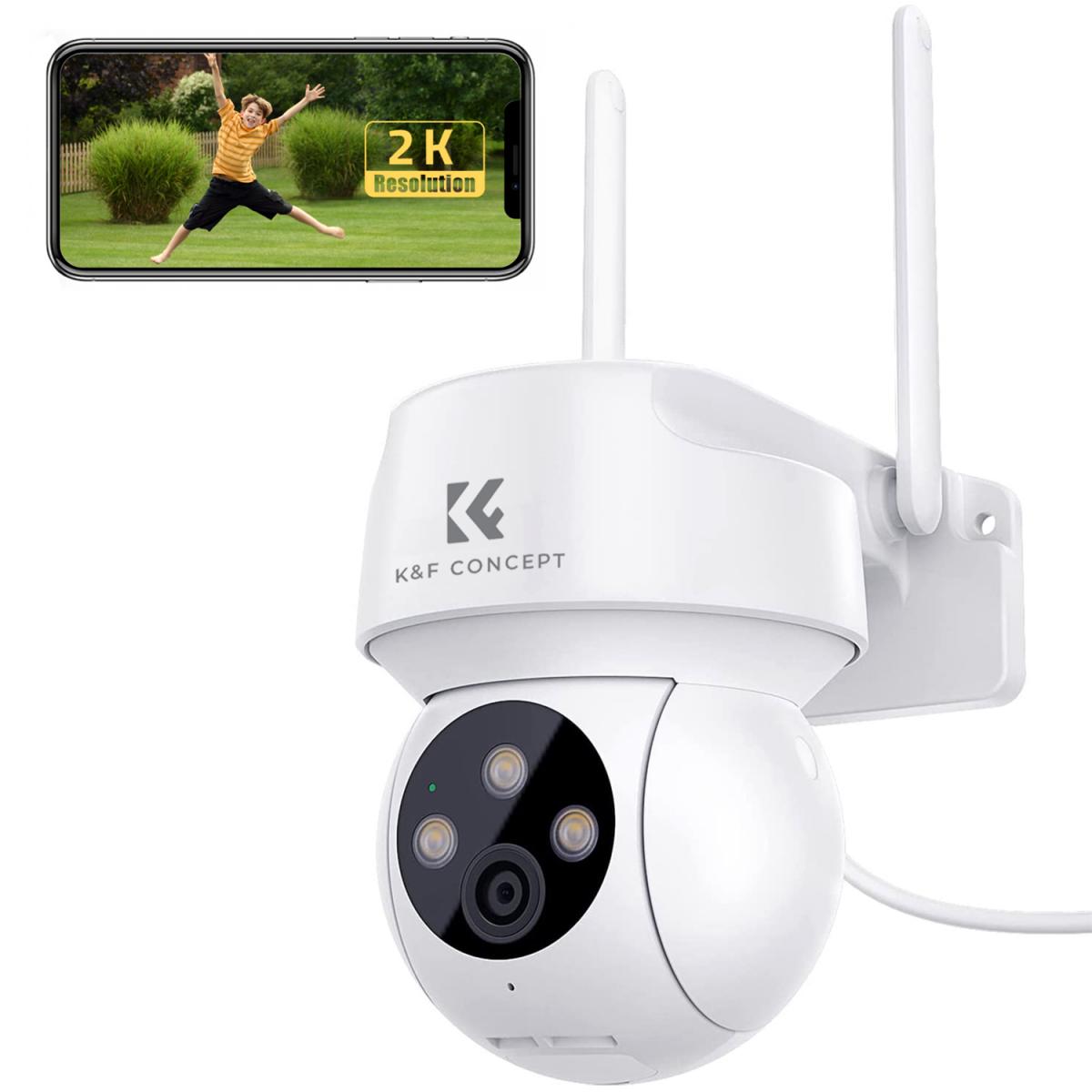
Understanding Filters on Security Cameras
Filters in security cameras are optical devices that modify the light entering the camera lens. By doing so, they can enhance image quality, reduce glare, and enable the camera to function effectively in various lighting conditions. Here are some common types of filters used in security cameras:
1. Infrared (IR) Cut Filters
2. IR Pass Filters
3. Polarizing Filters
4. Neutral Density (ND) Filters
5. UV Filters
Each of these filters serves a specific purpose and can be crucial in different surveillance scenarios.
Infrared (IR) Cut Filters
Purpose: IR cut filters are designed to block infrared light while allowing visible light to pass through. This is particularly important for cameras used in daylight conditions.
Functionality: During the day, the presence of infrared light can cause color distortion in the captured images. An IR cut filter helps in maintaining accurate color representation by blocking the infrared spectrum. At night, when infrared illumination is necessary for visibility, the filter is mechanically removed or bypassed, allowing the camera to capture clear images using IR light.
Practical Application: For instance, in a retail store, accurate color representation is crucial for identifying products and individuals. An IR cut filter ensures that the camera captures true-to-life colors during the day, while still providing clear images at night with the help of infrared illumination.
IR Pass Filters
Purpose: Unlike IR cut filters, IR pass filters allow infrared light to pass through while blocking visible light. These filters are used in night vision cameras.
Functionality: IR pass filters enable cameras to capture images in complete darkness by utilizing infrared illumination. This is particularly useful for covert surveillance where visible light might give away the presence of the camera.
Practical Application: In a warehouse setting, where lighting might be minimal or turned off after hours, IR pass filters enable the security cameras to monitor the area effectively using infrared light, ensuring that any unauthorized activity is captured even in the absence of visible light.
Polarizing Filters
Purpose: Polarizing filters are used to reduce glare and reflections from surfaces such as water, glass, and shiny objects.
Functionality: By filtering out polarized light, these filters enhance image clarity and contrast, making it easier to see details that might otherwise be obscured by glare.
Practical Application: In environments with large windows or reflective surfaces, such as office buildings or parking lots, polarizing filters can significantly improve the quality of the captured images. This makes it easier to identify individuals and objects, enhancing overall security.
Neutral Density (ND) Filters
Purpose: ND filters reduce the amount of light entering the camera without affecting the color of the image. They are used to prevent overexposure in bright conditions.
Functionality: By limiting the light intensity, ND filters help in maintaining optimal exposure levels, ensuring that the captured images are neither too bright nor washed out.
Practical Application: In outdoor surveillance, where lighting conditions can vary significantly throughout the day, ND filters help in maintaining consistent image quality. For example, in a parking lot, an ND filter can prevent overexposure during bright sunny days, ensuring that the camera captures clear and detailed images.
UV Filters
Purpose: UV filters block ultraviolet light, which can cause haziness and reduce image clarity.
Functionality: By filtering out UV light, these filters enhance image sharpness and contrast, providing clearer and more detailed images.
Practical Application: In high-altitude or coastal areas, where UV light is more intense, UV filters can significantly improve the quality of the captured images. This is particularly useful for outdoor surveillance cameras that need to monitor large areas with varying lighting conditions.
Choosing the Right Filter for Your Security Camera
Selecting the appropriate filter for your security camera depends on several factors, including the environment, lighting conditions, and specific surveillance needs. Here are some considerations to keep in mind:
1. Environment: Assess the location where the camera will be installed. For outdoor environments with varying lighting conditions, ND and UV filters might be necessary. For indoor environments with reflective surfaces, polarizing filters can be beneficial.
2. Lighting Conditions: Determine the lighting conditions during the surveillance period. For cameras that need to function both day and night, IR cut and IR pass filters are essential. For areas with intense sunlight, ND filters can help in maintaining image quality.
3. Surveillance Needs: Consider the specific requirements of your surveillance system. For covert surveillance, IR pass filters are ideal. For areas where color accuracy is crucial, IR cut filters are necessary.
Filters play a crucial role in enhancing the functionality and performance of security cameras. By understanding the different types of filters and their purposes, users can make informed decisions to address practical issues and improve the overall effectiveness of their surveillance systems. Whether it's reducing glare, preventing overexposure, or enabling night vision, the right filter can make a significant difference in the quality of the captured images and the security of the monitored area.
In summary, the use of filters in security cameras is not just a technical enhancement but a practical necessity. By carefully selecting and implementing the appropriate filters, users can ensure that their security cameras provide clear, accurate, and reliable visual data, ultimately contributing to a safer and more secure environment.

